Horrific Japanese Crimes in WWII That History Forgot

Horrific Japanese Crimes in WWII That History Forgot
World War II struck devastating blows everywhere it took place, but the Pacific Theater was where nations fought the longest campaigns of the war and witnessed some of the most gratuitous cruelty in history.
Between 1937 and 1945, the Empire of Japan reached out into a dozen countries with what appeared at first to be an unstoppable military machine. What that machine did after the conquest when it had unlimited civilian lives to play with, was often so barbarous, even modern Japanese society has yet to come to grips with it.
Japanese War Crimes: The Rape of Nanking

World War II began in China. The Japanese decision to occupy and annex Manchuria in 1931 set the ball rolling for everything that followed, including the U.S.-led oil embargo that was the proximate cause of the Japanese attack on the South Pacific and the war that followed.
The first shots of this war were fired in 1937 when the Empire of Japan launched a full-scale ground invasion of China in an effort to permanently crush Chinese resistance to Japan. Within months, the Nationalist capital of Nanking fell to the Japanese, and what followed has gone down in history as one of the worst wastes of human life on record: The Rape of Nanking.
Starting around December 13, 1937, and continuing for more than six weeks, Nanking suffered as few other cities in history ever have.
The Japanese, looking at the 90,000 captives as an opportunity to train their own soldiers in brutality, transported them out of the city for executions, the more brutal the better. They marched Chinese soldiers into designated killing fields. There Japanese officers and enlisted men shot, stabbed, and beheaded the Chinese in an attempt to condition them out of having human pity for a fallen enemy.
When the supply of POWs ran thin, the Japanese turned on the city’s 600,000 civilians, whom the retreating Chinese Nationalists had prevented from fleeing. In the orgy of rape and murder that followed, which saw babies run through with bayonets and pregnant women sliced open with swords, as many as 300,000 people may have died.
Things got so bad that the 22 Westerners remaining in Nanking organized a “safety zone” near the port, under the control of a German Nazi, of all people, named John Rabe. The Rape of Nanking was such a horrific event that Japan has yet to fully acknowledge or apologize for it. For one, official Japanese estimates place the number of dead closer to 50,000. Even now, nearly 80 years later, this refusal to take responsibility for the first major war crime of WWII remains a stumbling block in closer diplomatic and trade relations between the two countries.
Death by Railway
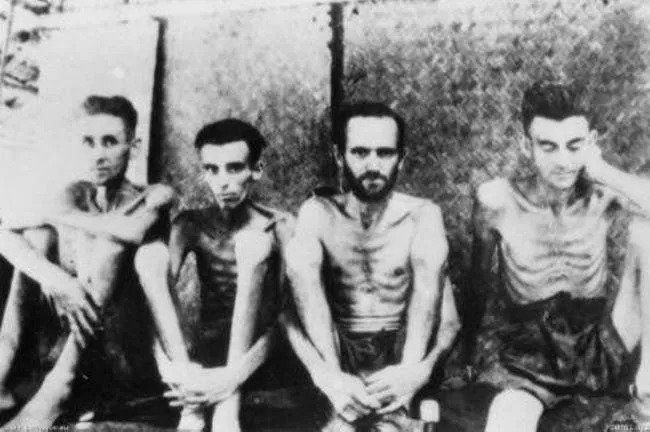
During their occupation of southeast Asian territories, the Japanese decided to build a railroad connecting Thailand and Burma. The railroad would run through incredibly dense jungle, and was to be built largely by hand, without assistance from large industrial tools.
The Japanese gathered 60,000 POWs and 200,000 enslaved local laborers and forced them to work day and night through monsoons and sweltering heat. Laborers were given nothing but rice to eat, and those who were injured were left to die. Dangers included dengue fever, cholera, tropical ulcers, and an extreme vitamin B deficiency that led to paralysis.
A Contest to Kill 100 People with a Sword
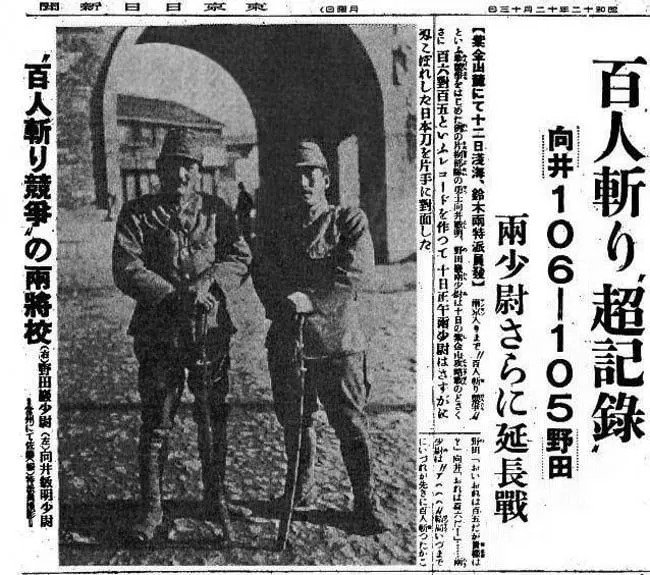
On the way to destroying Nanking, two Japanese army officers entered into a friendly competition with one another—who would be the first to kill 100 people with a sword during the war? The bloodshed began on the road, as the Japanese army advanced to Nanking, and continued through the rape of the city.
The contest was covered by a Japanese newspaper—here’s a translation of one particularly chilling paragraph: “Noda: ‘Hey, I got 105. What about you?’ Mukai: ‘I got 106!’…Both men laughed. Because they didn’t know who had reached 100 kills first, in the end, someone said, ‘Well then, since it’s a drawn game, what if we start again, this time going for 150 kills?’”
The Bataan Death March
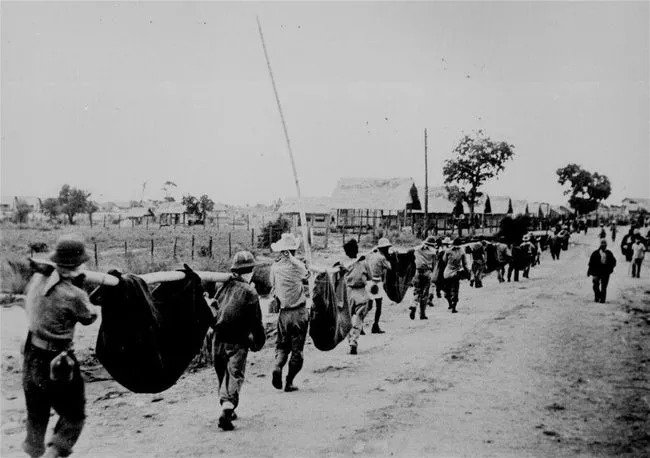
The atrocities in Baatan, Phillipines, began in 1942, when the region was surrendered to Japan. The Japanese, unprepared for the huge number of POWs, ordered all 75,000 of them to march through the jungle, a march that became known as the Bataan Death March.
Japanese soldiers, who saw surrender as a sign of weakness, beat the prisoners ceaselessly. Some fell behind due to lack of water, the heat of the jungle, or exhaustion. The stragglers were beheaded or simply left to die. An estimated 2,500 Filipinos and 500 Americans died on the march. About 26,000 more Filipinos died of disease or starvation in the prison camp.
The Bangka Island Massacre

As Allied forces deserted Singapore after the Japanese took over, Japanese planes bombed the sea in an effort to sink as many fleeing transport ships as possible. One such ship was filled with 65 Australian nurses, 53 of whom managed to swim to the small, Japanese-controlled island Bangka after their transport sunk.
Japanese soldiers rounded up as many people as they could find, including injured servicemen, Allied soldiers, and some of the nurses. The Japanese then set up a machine gun on the beach, ordered everyone to walk into the shallows, and mowed them down. Only two survived the incident.
The Sandakan Death March

Considered the worst military atrocity in Australia’s history, the Sandakan Death March is little known outside that country. The incident occurred towards the end of the war, as the Japanese were fleeing. They abandoned the Sandakan POW camp in Borneo, forcing the soldiers interned there to march through the jungle with them until they died of starvation or disease. Any soldiers who actually made the entire trek were executed by the Japanese. Of the 2700 internees at the Sandakan camp, only six survived the march.
Cannibalism
Significant evidence, most notably several eyewitness accounts that corroborate one another, points to Japanese soldiers eating the flesh of their enemies during the Second World War. This practice apparently happened throughout southeast Asia, and flesh was consumed both from dead and still-living Allied soldiers. Some accounts suggest the Japanese even executed some Allied soldiers for the sole purpose of harvesting them for food.
The Laha Airfield Massacre
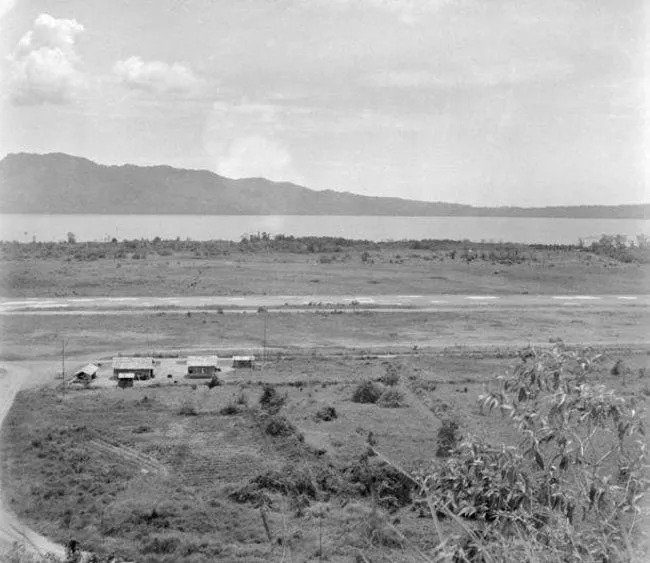
Over the course of about two weeks in February of 1942, supposedly in reprisal for the destruction of a Japanese minesweeper that ran over a Dutch mine, the Japanese killed more than 200 Dutch and Australians into the woods near the Laha Airfield on Ambon Island, executing them by beheading and bayonet, and buried them in mass graves.
The Palawan Massacre
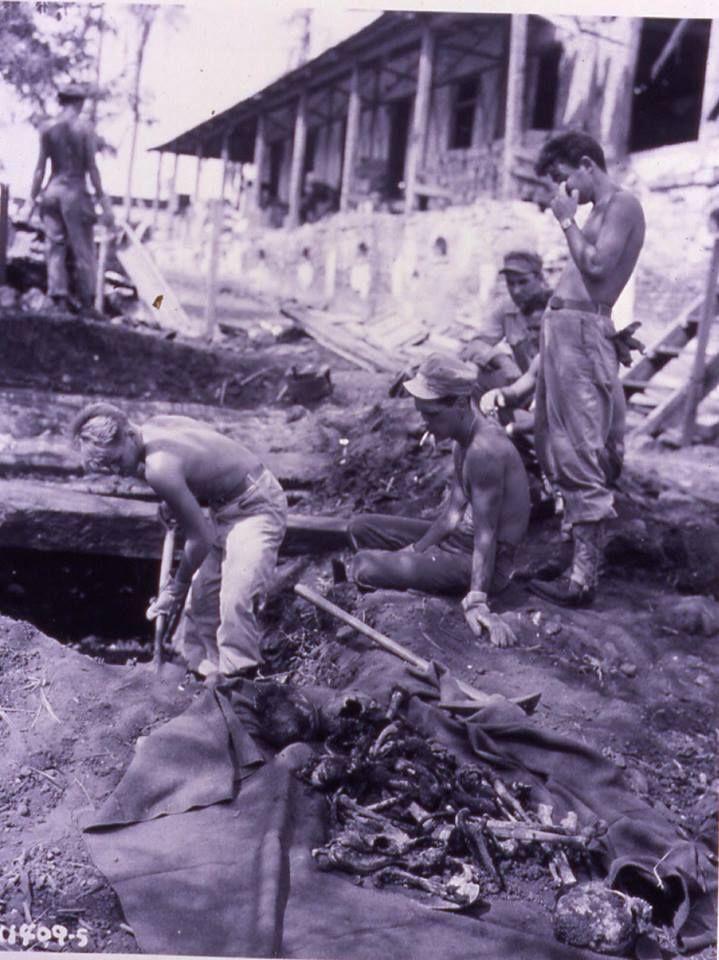
The Palawan POW camp in the Philippines was, as with all Japanese-run POW camps, a hellish place. According to survivor accounts, two American soldiers who took papaya from a tree to avoid starvation had their left arms broken with a metal pipe.
On December 14, 1944, the Japanese forced all 150 Americans in the camp into wooden buildings. They then lit the buildings on fire. Between 30 and 40 men managed to escape the burning buildings. Some tried to escape by swimming into a nearby bay and were shot. Others tried to hide among rocks by the bay. They were mostly found and shot. Only 11 Americans survived that night—those who escaped the fires, subsequent shooting, and the swim across the bay. One survivor was bitten by a shark but still managed to complete the swim.
The Nauru Island Occupation
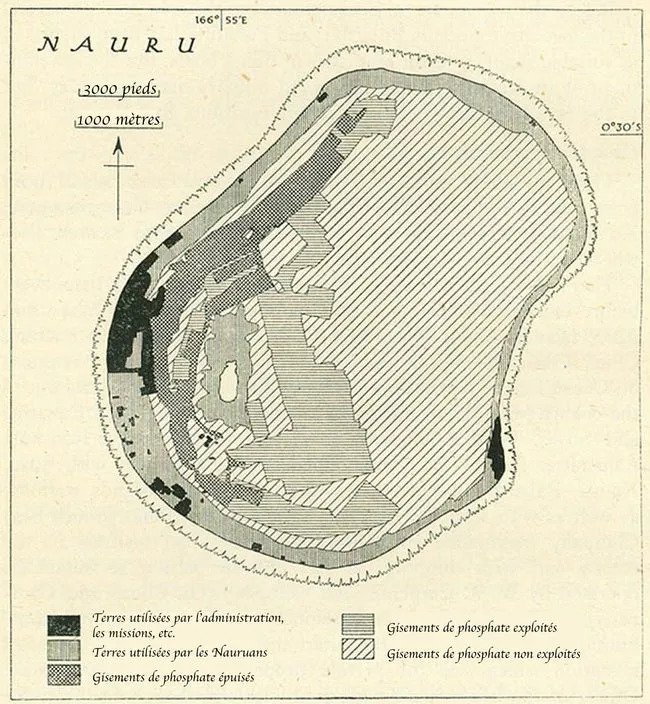
The Japanese occupied Nauru, a tiny equatorial island east of Papua New Guinea, from 1942 until the end of the war. During that time, they committed a series of atrocities, including the execution of several Australian officers.
At the time, Nauru was home to a leper colony. The Japanese rounded up the lepers, put them on boats, set them out to sea, and then blew the boats up, killing everyone aboard. They then displaced around 1,200 native Nauru, moving them to another nearby island. Many of these displaced people died before the war ended, of starvation or disease, meaning the Japanese essentially committed the genocide of the Nauru people.
The Rape of Manila
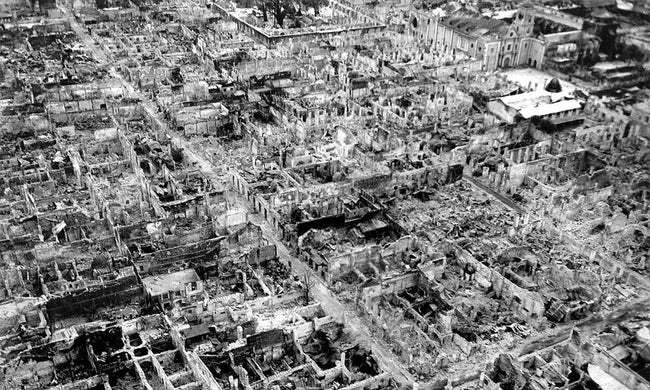
In 1945, as the Japanese hurtled toward defeat, military leaders ordered the Japanese army to leave Manila, Philippines, thus surrendering it to the Allies. Ignoring this order, the Japanese stationed in the city decided to destroy it, killing as many civilians as possible. They raped, bayoneted, and beheaded Filipinos until the Allies killed every Japanese soldier in the city, a result of their refusal to surrender. As many as 100,000 Filipinos died.
I-8 Submarine Massacres
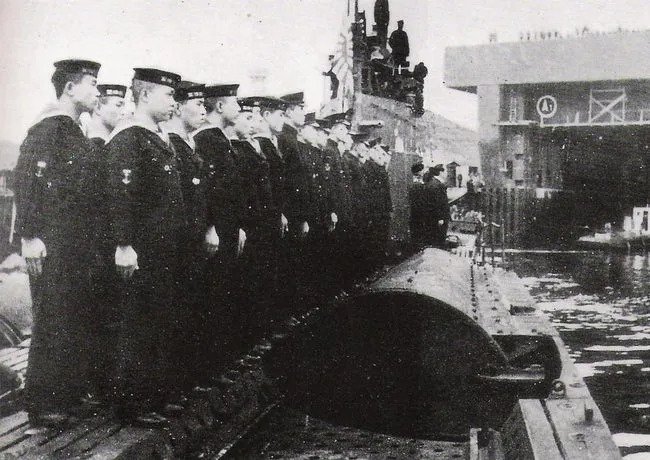
The crew of Japanese submarine I-8 committed a pair of atrocities during World War 2. First, they sunk a Dutch freighter and took the crew prisoner, beat many of them to death with bayonets and swords, then lashed the survivors to the hull of the sub as it dove beneath the sea. Only six people survived. The crew of the I-8 then sank an American cargo ship, again took more than 100 prisoners and again assaulted them with hammers and swords. About 23 Americans survived this second massacre.
Port Blair Massacres
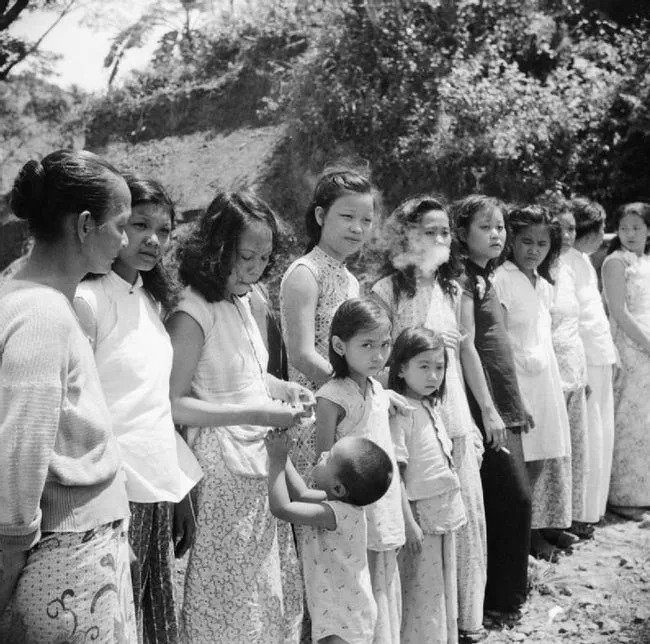
The Japanese committed countless atrocities during their occupation of the Andamans, a pair of beautiful tropical islands off the Burmese coast in the Bay of Bengal. Among them was the Port Blair Executions. Japanese soldiers tortured high-ranking Indian officers in league with Allied forces. They then buried them up to their chests and proceeded to bayonet, shoot, and bludgeon their exposed heads and shoulders until the officers died. Japanese officers also raped local women.
The Invasion of Hong Kong
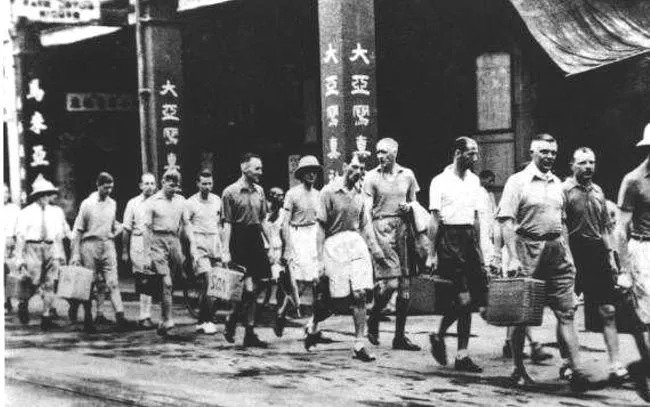
A lesser-known incident in the annals of the Pacific War, the Japanese invasion of Hong Kong began on December 18, 1941, with orders to “take no prisoners.” Anyone found trying to defend the island, including British medical personnel, was taken to the outskirts of the city and bayoneted to death.